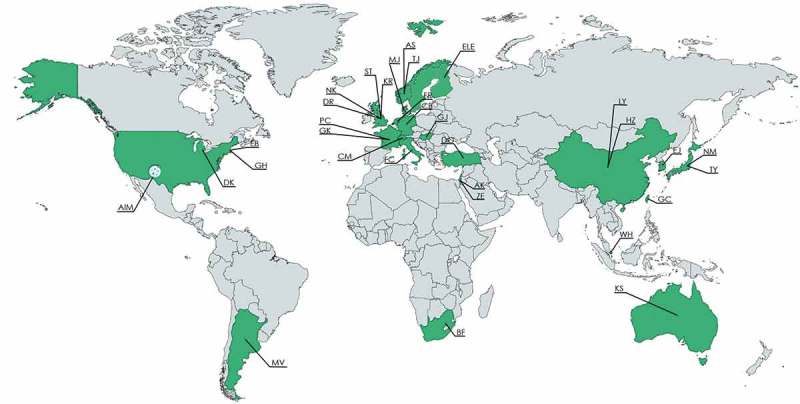Autophagy, Inflammation, and Metabolism (AIM) Center of Biomedical Research Excellence: supporting the next generation of autophagy researchers and fostering international collaborations.
Recently, NIH has funded a middle for autophagy analysis named the Autophagy, Inflammation, and Metabolism (AIM) Center of Biomedical Research Excellence, situated at the University of New Mexico Health Science Center (UNM HSC), with aspirations to advertise autophagy analysis regionally, nationally, and internationally.
The middle has three main missions: (i) to help junior college of their endeavors to develop investigations on this space and acquire impartial funding; (ii) to develop and present technological platforms to advance autophagy analysis with emphasis on mobile approaches for top of the range reproducible analysis; and (iii) to foster international collaborations by the formation of an International Council of Affiliate Members and by internet hosting nationwide and international workshops and symposia.
Scientifically, the AIM middle is concentrated on autophagy and its intersections with different processes, with emphasis on each basic discoveries and utilized translational analysis.

Of canines and hookworms: man’s finest pal and his parasites as a mannequin for translational biomedical analysis.
We current proof that the canine hookworm (Ancylostoma caninum) is underutilised in the research of host-parasite interactions, significantly as a proxy for the human-hookworm relationship.
The lack of ability to passage hookworms by all life phases in vitro signifies that grownup stage hookworms must be harvested from the intestine of their definitive hosts for ex vivo analysis. This makes research of the human-hookworm interface troublesome for technical and moral causes.
The historic affiliation of people, canines and hookworms presents a singular triad of optimistic evolutionary strain to drive the A. caninum-canine interplay to mirror that of the human-hookworm relationship.
Here we talk about A. caninum as a proxy for human hookworm an infection and situate this hookworm mannequin inside the present analysis agenda, together with the numerous ‘omics’ purposes and the seek for next generation biologics to deal with a plethora of human illnesses.
Historically, the canine hookworm has been effectively described on a physiological and biochemical degree, with an rising understanding of its function as a human zoonosis. With its similarity to human hookworm, the current publications of hookworm genomes and different omics databases, in addition to the prepared availability of these parasites for ex vivo tradition, the canine hookworm presents itself as a invaluable instrument for discovery and translational analysis.
Related Posts

Highly sensitive second-antibody enzyme immunoassay for determination of estradiol-17beta concentration in blood plasma of the mithun (Bos frontalis).

Development of anti-immunocomplex specific antibodies and non-competitive time-resolved fluorescence immunoassay for the detection of estradiol.

